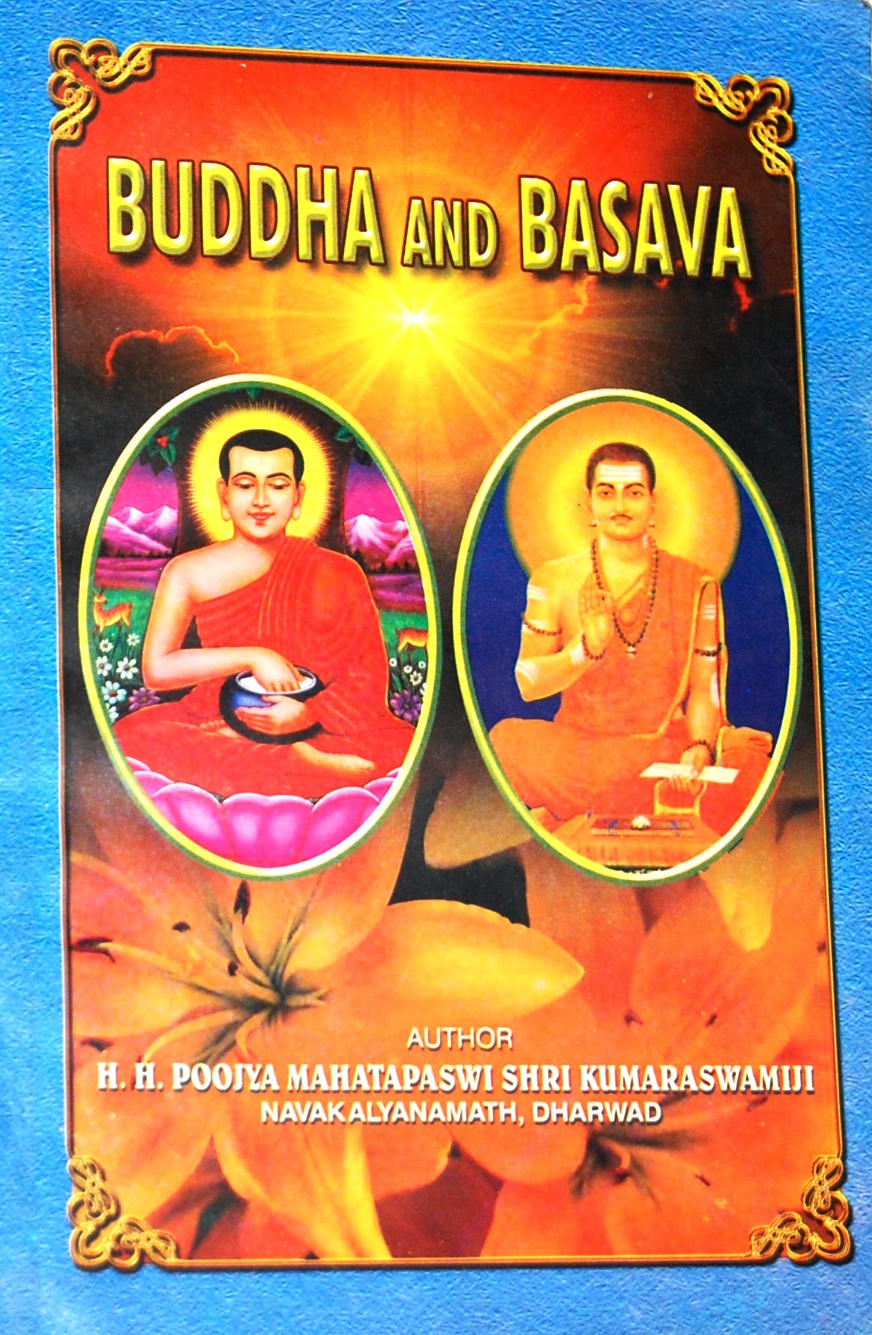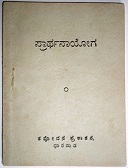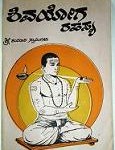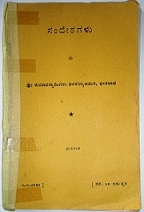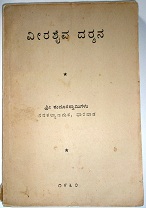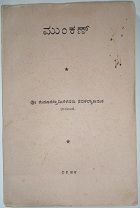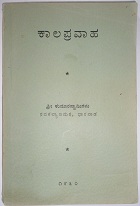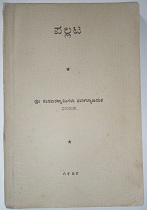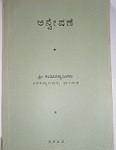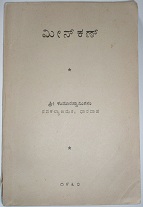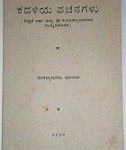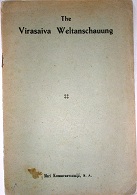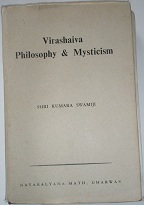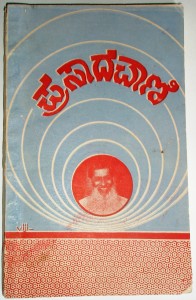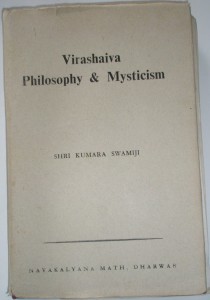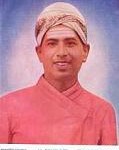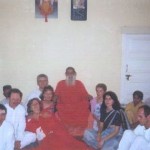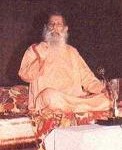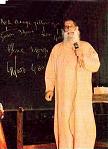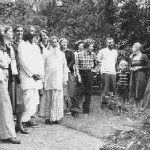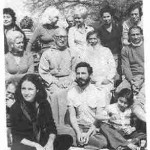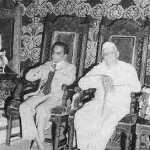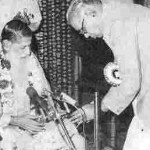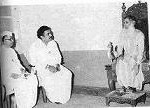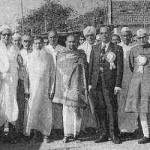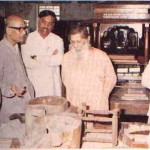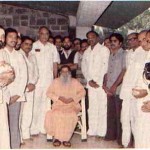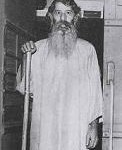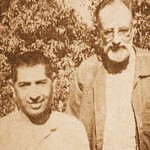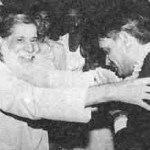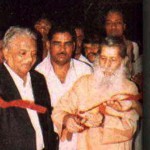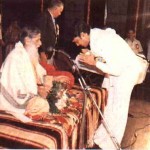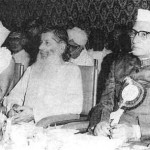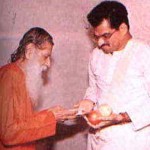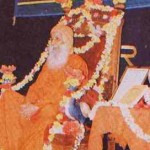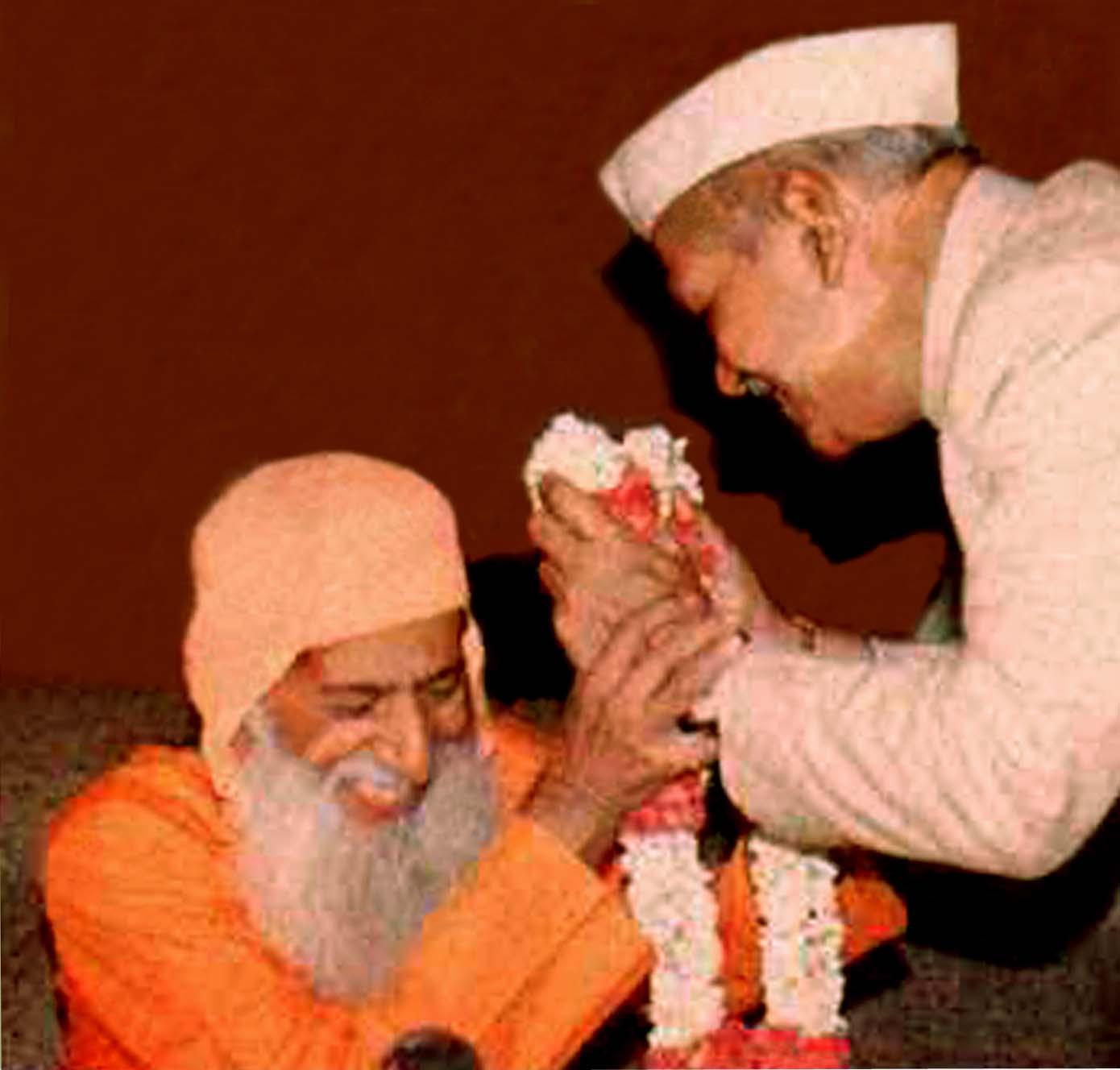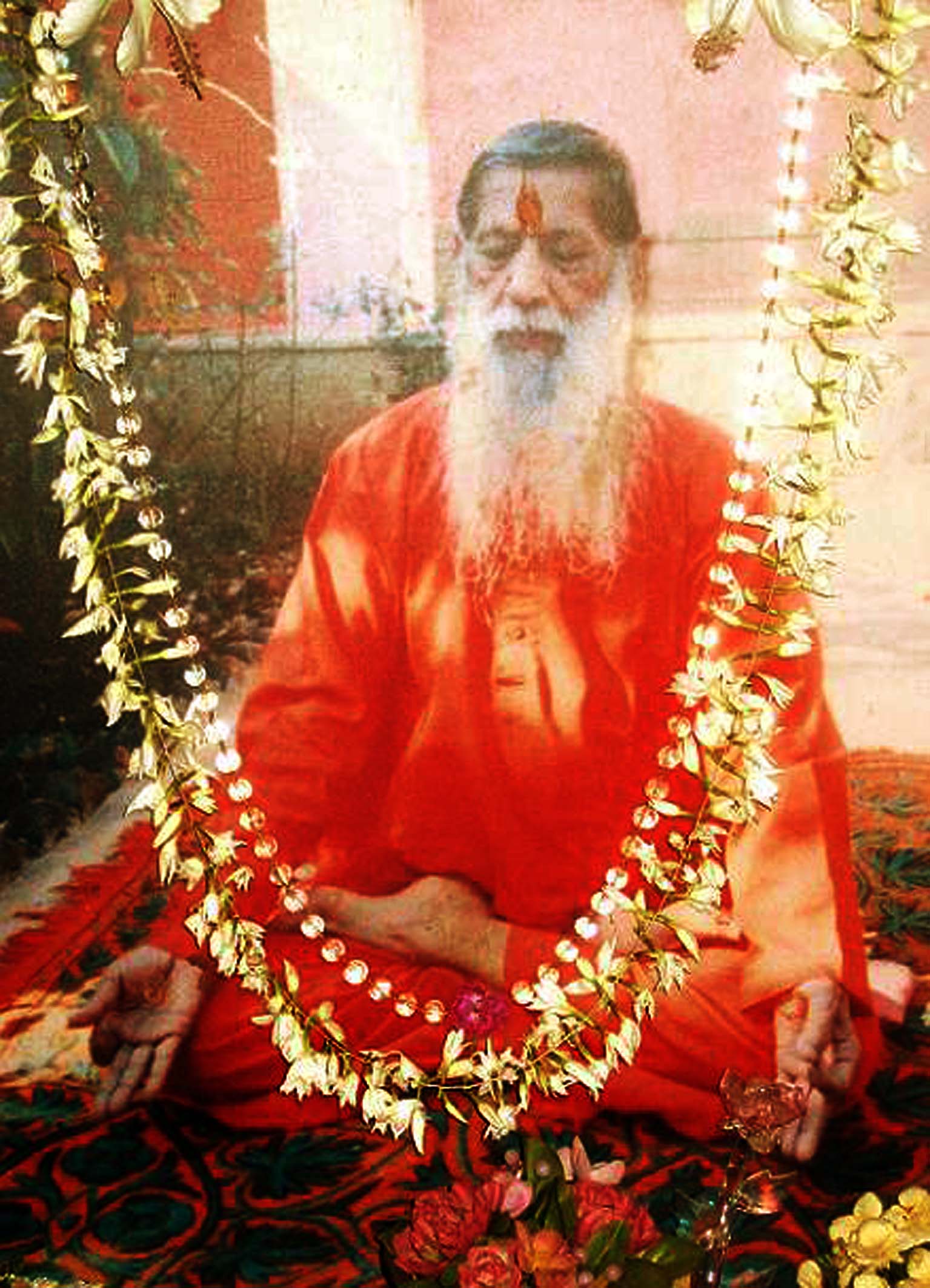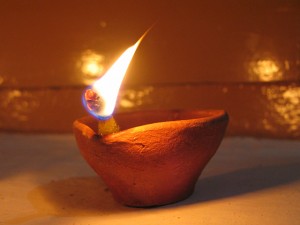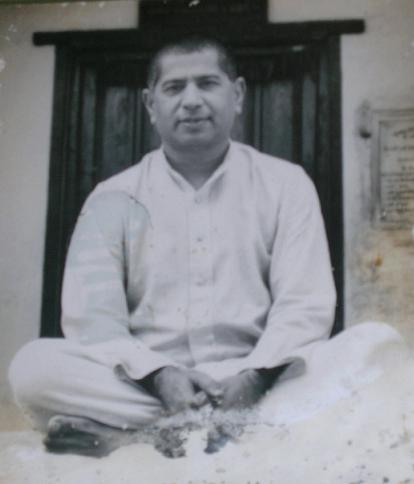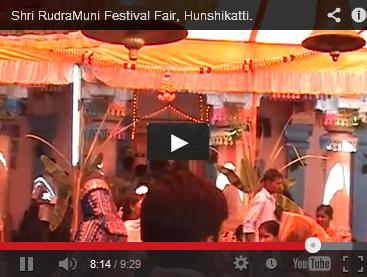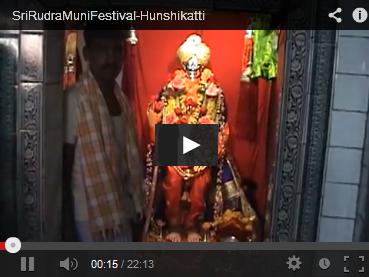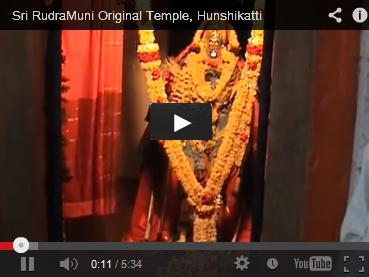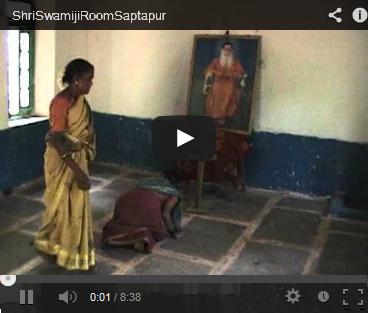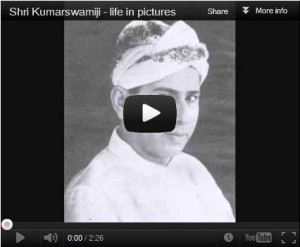The Vachana literature is prolific of the symbolical sayings which are characterized by vivid imagery and vital truth. The saying of Shanmukhaswami bears testimony to this fact: “Behold the same thing! The husband – preceptor touches the wife-disciple. The contact release the six-lettered mantra, which is deposited in the matrix of the ear of the wife-disicple. Then the mind becomes impregnated and son-linga is born of the uterus-eyes. The son-linga is placed on the palm symbolizing cradle and a lullaby of the suspicious hymn is sung naming him Akhandeshvara. Oh! Lord thou art therefore, my child and I am thy mother.”
The sayings of the Sharanas or the Veerashaiva saints are characterized by a variety which exhibits the richness of the wisdom and the wealth of knowledge in an incomparable manner. In the first place there is a variety of enigmatic saying which occur in the vachans of almost all the saints and more than half of the vachanas of Prabhu are enigmatic; the spirit of detachment and idealism is obviously manifested throughout his vachanas whose cryptic expression expresses in a way that Carlyle in his Sartor Resortes, Shakespeare in his Sonnets and Tennyson in his In Memorium.
The crystallization of the philosophical truths in aphorisms and riddles is a specialty of the brilliant Indian thinkers from a remote time. The same tradition Allama Prabhu presents in his sayings and in the Shunya-Sampadane. His, vachanas abound in riddles and aphorisms. This style has a built-in disadvantage as well as an advantage. His style is precise and direct. He does not mince words. He expresses his opinion forthrightly and freely. There is an indescribable beauty and charm in such an expression, as Nietzsche and Aurelus have shown. The disadvantage is that it teases the intellect, for it has to struggle and battle to comprehend and to achieve a synthesis of what is presented. But intensity of the expression which is compressed in the aphorisms or riddles compensates for the disadvantage, for it radiates light multi-dimensionally and centrifugally. A fair acquaintance with philosophy and mythology of Hindu religion, at its highest, will make the task easy, for the theory of correspondence rests on the theory of symbolic substitutions through similes and metaphors.
“A merchant of Jambu Isle
Gathering his bales and bundles;
Sets up his stall
In the womb of Mother Earth
Stricken with a crazy thirst
He drank up the seven oceans
Until to his own dismay
At the unquenchable thirst
He sucked the ooze itself
An infant carries his mother’s corpse
Upon his back and goes
Mumbling her name
Behold a globe-like icon
Has swallowed the glory of Guheshwara!
On Heaven’s expanse
A strange parrot was born;
And she built her a house
In vain glorious pomp.
But of that one parrot
There are born five and twenty
Brahma was the parrot’s cage
Vishnu his victuals;
And Rudra his perch
Whe she swallowed her young ones
In front of those three
Behold! Oh! Guheshwara
The phenomenal play cease to have its sway.”
In Upanishads and Plato’s works we rarely come across the riddles or enigmatic sayings. In the Sveta-svetatar Upanishad it is said that nature, is like a vast expanse of water, contributes by the five different streams of the senses, whose springs are the five elements which make it fierce and crooked, whose waves are the five Pranas, whose fount is the Anthakarana Pnachaka, whose whirl-pools are the five objects of sense which entangle a man into them, whose five rapids are the kinds of grief caused by generation, existence, transformations, decay and death, which diverts itself into the fifty tides of periodic overflow namely at birth, in childhood, in manhood, in old age and death. As saying of Plato amounts to a riddle when he describes how a man and woman, seeing and not seeing, a bird and no-bird, a tree and no-tree, killed it and did not kill it, with a stone and no-stone.
Secondly, there is a variety of aphoristic sayings, which are pregnant with thought, though terse in style. “Is there any room for lust in a lover of God?” “How can I call him an immaculate whose body is subject to disease and decay”. The vachanas of the sharanas are teaming with brief but brilliant utterances. Thirdly, there is a variety of etymological sayings. Channabasava has given the etymological meaning of Linga: In the term Linga, there are three words � Li, zero and Ga. Li represents the Infinite while Ga stands for the finite and it is a zero that unites the finite and the Infinite. He who knows this secret is a real mystic.” Fourthly, there is a variety of dialectic sayings which are resorted to very often in the vachana literature for the purpose of inculcating moral excellence. Basava advises a Sadachari thus: “Steal not, kill not, speak no untruth, be not angry, show not contempt for others, do not pride upon thy virtue, do not speak ill of others � this is the way to internal purity, this is the way to external purity, this is the way to win God’s favor”. Fifthly, there is a variety of analogical sayings characterized by similes and metaphors. It is a belief of the mystic that God dwells in the heart of men, in the soul of his being. The relation of God and soul, or the Divine and the Devotee is often expressed by simple yet sublime similes. The Pinda-sthala of the vachana literature abounds in the analogical sayings. A saying of Basava runs thus:
“As submarine fire is hid in the waters of the sea,
As a ray of ambrosia is hid in the moon
As fragrance is hid in the maiden
So God is hid in the heart of the Sharana
Oh! Lord of the Spiritual Unification O Kudala Sangamdeva.”
Sixthly, there is a variety of dialogic sayings. The entire Shunya-Sampadane is an illustration of the dialogic method which involves the symposium of the various sharanas. Seventhly, there is a variety of satirical sayings. Satire is a form of literary composition in which vice or folly of a person or a community deemed as guilty, is held up to ridicule. The sharanas have condemned the outmoded religious practices, archaic and unworthy disciplines in a strong language. They did not hesitate to hold up to ridicule a person or community guilty of any vice, folly and profligacy. Lastly, there is a really existing thing which stands for and images forth a greater reality of which it is itself an instance. Symbolism often involves allegory which is the interpretation of experience by means of images. The Vachana literature is prolific of the symbolical sayings which are characterized by vivid imagery and vital truth. The saying of Shanmukhaswami bears testimony to this fact: “Behold the same thing! The husband – preceptor touches the wife-disciple. The contact release the six-lettered mantra, which is deposited in the matrix of the ear of the wife-disicple. Then the mind becomes impregnated and son-linga is born of the uterus-eyes. The son-linga is placed on the palm symbolizing cradle and a lullaby of the suspicious hymn is sung naming him Akhandeshvara. Oh! Lord thou art therefore, my child and I am thy mother.”
– OM SHANTI | OM SHANTI | OM SHANTIHI –
This article ‘Variety of Sayings’ is taken from H.H.Mahatapsvi Shri Kumarswamiji’s book, ‘Prophets of Veerashaivism’.











